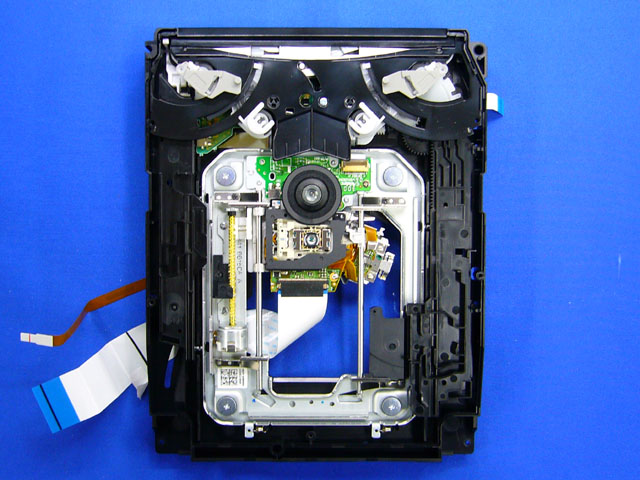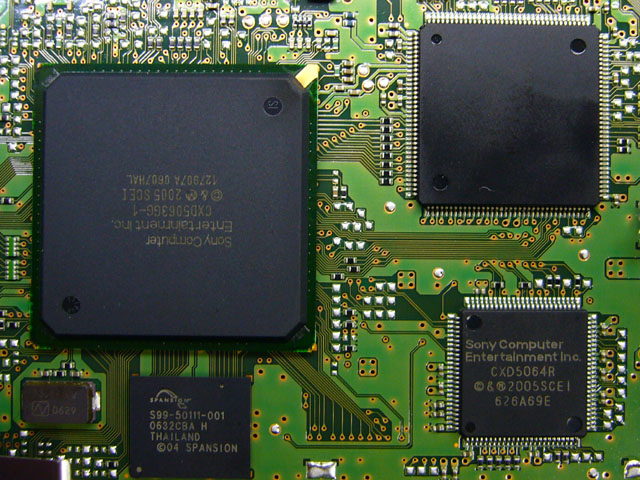As for DVD upscaling, no there's no upscaling now.
http://www.beyond3d.com/forum/showthread.php?t=35517
The second article is up
http://pc.watch.impress.co.jp/docs/2006/1111/ps3_2.htm
Blu-ray drive


PSU

http://www.beyond3d.com/forum/showthread.php?t=35517
The second article is up
http://pc.watch.impress.co.jp/docs/2006/1111/ps3_2.htm
Blu-ray drive


PSU


